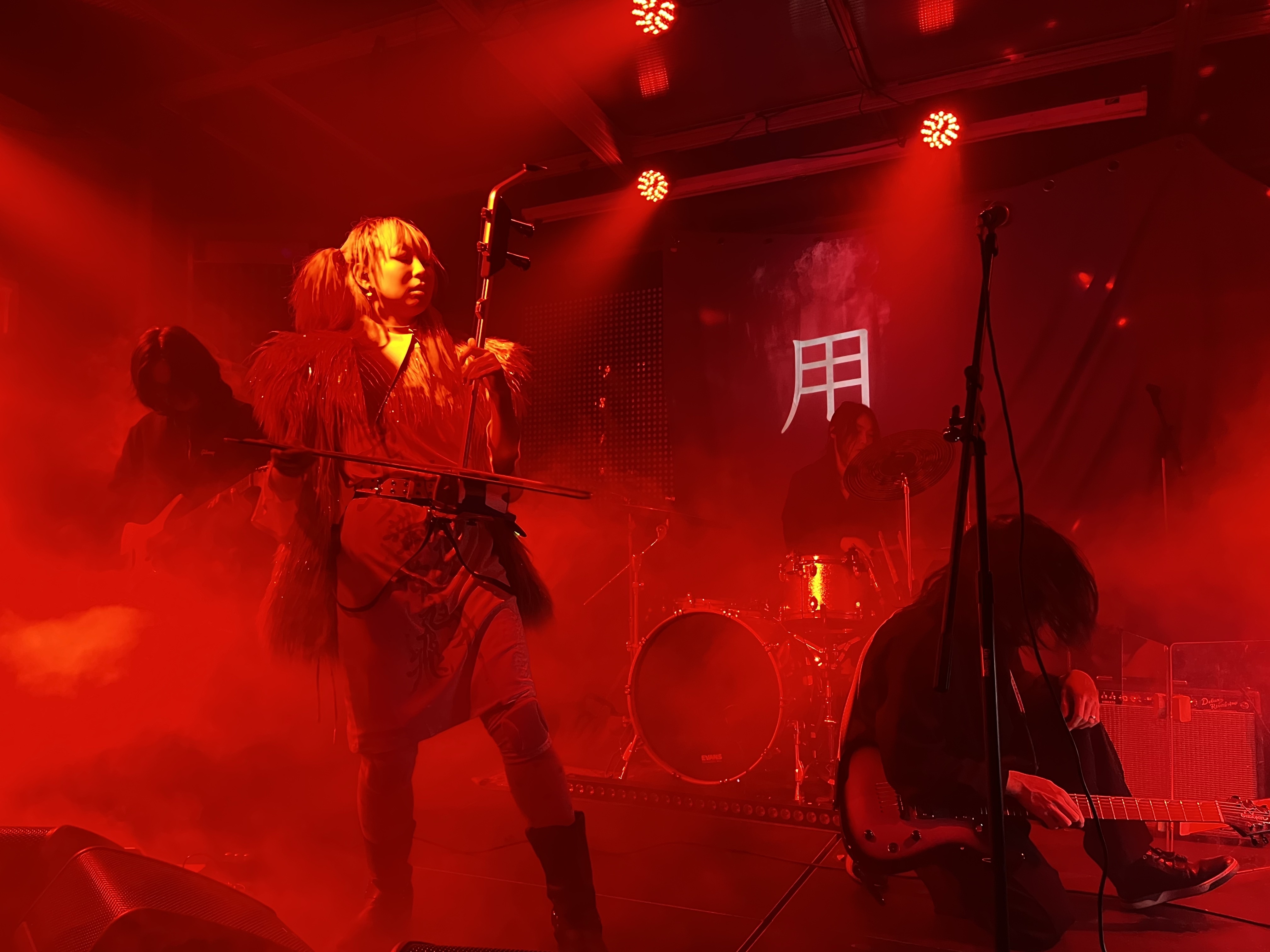On December 10, the first two episodes of the long-awaited animated adaption of celebrated sci-fi author Liu Cixin’s novel The Three-Body Problem finally dropped on Bilibili, one of China’s top streaming platforms, after five years of work.
The series, which will span a total of 15 entries, saw its third episode debut online on December 17.
Produced by the Chinese animation studio YHKT Entertainment, the series’ first three episodes have been watched by millions of sci-fi lovers and — so far — the reception is mixed.
Originally scheduled to be released on December 3, Bilibili’s The Three-Body Problem series was postponed a week without explanation. Understandably, fans excitedly tuned in as soon as the first two episodes were out, contributing more than 100 million views on the first day alone.
At the time of writing, the show’s first three episodes have been viewed more than 180 million times, with 716,000 bullet comments.
Before the debut, Bilibili released two videos to tease fans: one text-on-screen video with Liu’s narration and another featuring popular Hong Kong singer-songwriter G.E.M.’s voice in the theme song Wallfacers (music video below).
The animated series follows the storyline of The Dark Forest, the second book in the Remembrance of Earth’s Past trilogy. (The Three-Body Problem is the first novel in the series, and its title is popularly used to refer to the trilogy.)
While some viewers claim the series doesn’t live up to the book, many fans still applauded the animation for adhering to the original story and its fast-paced narration. Extra details and explanations are added so first-time viewers can follow the plot.
The show’s rating on Douban, an IMDb-like platform in China, currently stands at 6.5/10, with many users expressing disappointment about its computer-generated imagery (CGI).
One user on Douban wrote: “It looks like something from 20 years ago. Online games distributed by a mid-sized publisher can produce better visual effects than this.”

With only three out of 15 episodes now out, Bilibili presumably remains optimistic about winning over the naysayers, considering the platform sees the series as a milestone piece in China’s thriving and ever-expanding animation industry. According to a press release that Bilibili shared with RADII, the total output value of China’s animation industry in 2022 exceeded 221.2 billion RMB (about 31.8 billion USD).
Unexpectedly, the launch of Bilibili’s new animated series has brought a nearly decade-old fanmade adaptation of Liu’s work back into the spotlight: The Three-Body Problem in Minecraft. The animated series ran for three seasons, and its visual design and presentation were inspired by the sandbox game Minecraft. Each season has 11 episodes clocking in at 20 minutes each.
Despite the fact the first season was primarily made by one person and had extremely low production quality, it attracted the attention of sci-fi fans. Across all three seasons of The Three-Body Problem in Minecraft, viewers applauded the series for its fast pacing and faithful adaption of the source material. Fans also praised the series’ later episodes for their strong production quality, and all three seasons hold impressive scores of 9.4 or higher on Douban.
The first two seasons are available on YouTube with English subtitles.
And luckily for fans who are unsatisfied with Bilibili’s adaptation or the Minecraft-inspired series, streaming giants Netflix and Tencent are currently producing their own series based on Liu Cixin’s award-winning novels.
All images via Bilibili






















